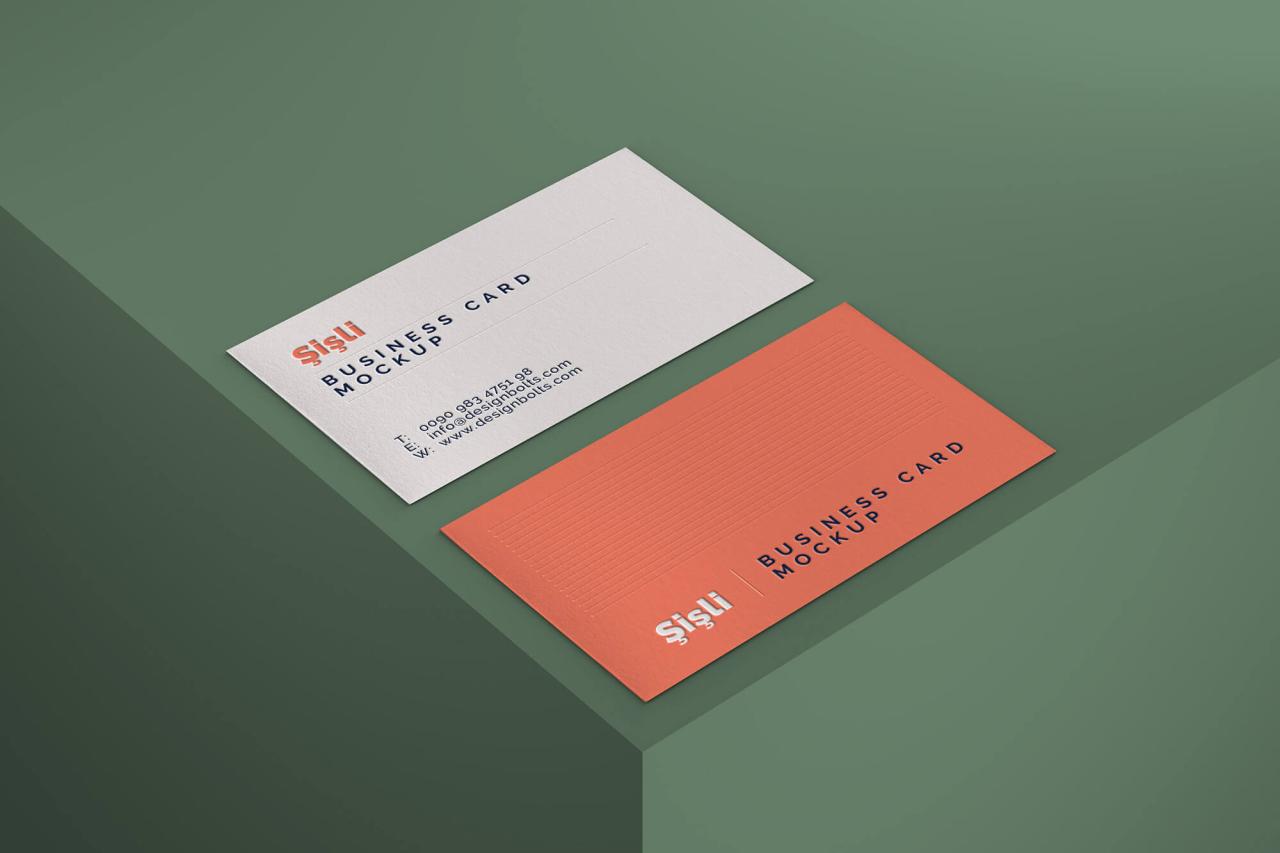
Business Mockup: The Ultimate Guide to Visualizing Your Ideas
In the competitive world of business, presenting your ideas effectively can make or break your success. But sometimes, words alone are not enough to convey the full potential of your concept. This is where business mockups come into play.
A business mockup is a visual representation of your product or service, giving potential investors, customers, and stakeholders a tangible glimpse of what you have to offer. By creating a realistic and immersive experience, mockups allow you to showcase your ideas in a way that is both compelling and persuasive.
What is a Business Mockup?
A business mockup is a digital or physical model that simulates the final appearance and functionality of your product or service. It can range from simple wireframes to highly detailed prototypes, depending on the level of realism you require.
Unlike regular prototypes, mockups are not intended for testing or user feedback. Their primary purpose is to present a polished and professional representation of your concept to external audiences.
Types of Business Mockups
The type of mockup you create will depend on your specific needs and the stage of development of your product or service. Here are some of the most common types of business mockups:
-
Low-Fidelity Mockups: These mockups are simple and quick to create, using basic shapes and outlines to represent the core features of your product. They are ideal for early-stage idea generation and brainstorming sessions.
-
Medium-Fidelity Mockups: These mockups provide more detail than low-fidelity mockups, including realistic colors, textures, and interactive elements. They are useful for presenting your concept to potential investors and stakeholders.
-
High-Fidelity Mockups: These mockups are highly detailed and interactive, offering a near-complete representation of your final product or service. They are used to refine your design and gather user feedback before launch.
Benefits of Using Business Mockups
-
Improved Communication: Mockups eliminate the need for lengthy explanations and technical jargon, making it easier to communicate your ideas to people with different backgrounds.
-
Increased Persuasiveness: A well-crafted mockup can create a powerful visual impact, capturing the attention of your audience and conveying the value of your concept more effectively than words alone.
-
Faster Decision-Making: Mockups allow stakeholders to visualize and interact with your product or service, enabling them to make informed decisions more quickly.
-
Reduced Risk: By presenting a tangible representation of your idea, you can identify potential issues and refine your concept before investing significant resources in development.
How to Create a Business Mockup
Creating a business mockup involves several steps:
-
Define Your Concept: Clearly outline the key features and functionalities of your product or service.
-
Choose the Right Tool: Select a mockup creation tool that aligns with your skills and the level of detail you require.
-
Create the Mockup: Using the chosen tool, create a visual representation of your concept. Pay attention to details such as colors, fonts, and layout.
-
Refine and Iterate: Share your mockup with stakeholders and gather feedback. Make necessary refinements and iterate on the design until you are satisfied with the final product.
Best Practices for Business Mockups
-
Focus on User Experience: Design your mockup with the end user in mind, ensuring that it is intuitive and easy to understand.
-
Use High-Quality Elements: Use clear and professional images, fonts, and colors to create a polished and credible presentation.
-
Keep it Simple: Avoid overloading your mockup with too much information. Focus on showcasing the key value propositions of your product or service.
-
Get Feedback Early: Share your mockup with trusted advisors and potential users to gather valuable feedback and improve your design.
-
Use Mockups Throughout the Process: Don’t just create a mockup at the end of the development cycle. Use them throughout the product design and development process to communicate ideas, validate assumptions, and gather feedback.
FAQs
-
Q: What is the difference between a business mockup and a prototype?
-
A: A business mockup is a visual representation of your product or service that is intended for presentation purposes. A prototype, on the other hand, is a functional model that is used for testing and user feedback.
-
Q: What are the best tools for creating business mockups?
-
A: The best tools depend on your skills and the level of detail required. Some popular options include Adobe XD, Sketch, Figma, and Proto.io.
-
Q: How long does it take to create a business mockup?
-
A: The time it takes to create a mockup varies depending on the complexity of the concept and your skill level. A simple mockup can take a few hours, while a high-fidelity mockup may take several days or weeks.
-
Q: Are business mockups expensive to create?
-
A: The cost of creating a business mockup can vary. If you have the necessary skills and tools, you can create mockups yourself for free. However, if you need to hire a professional designer, the cost can range from a few hundred to several thousand dollars.
-
Q: How do I get the most out of business mockups?
-
A: To get the most out of business mockups, follow these tips:
-
- Define your goals and objectives before creating a mockup.
-
- Use high-quality elements and focus on user experience.
-
- Get feedback from stakeholders early and often.
-
- Iterate on the design until you achieve the desired outcome.
Conclusion
Business mockups are a powerful tool for visualizing and communicating your ideas, increasing persuasiveness, and reducing risk. By following the guidelines outlined in this guide, you can create effective mockups that will help you achieve your business goals.





